Random mutagenesis of amelogenin creates a wide range of protein nanoparticles for biomedical applications.


Random mutagenesis of amelogenin creates a wide range of protein nanoparticles for biomedical applications.
In the newest issue of Advanced Science, researchers from Nanjing expose the advantages of using conjugated polymer nanoparticles for DNA sensing.
A group seeks to reproduce the nanoparticle-synthesizing ability of magnetotactic bacteria.
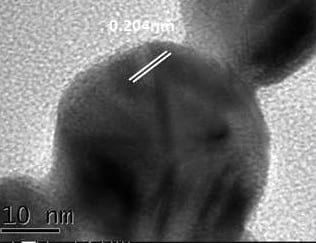
Researchers have developed a colloidal gold test strip for Cardiac troponin I detection based on microplasma generated gold nanoparticles.
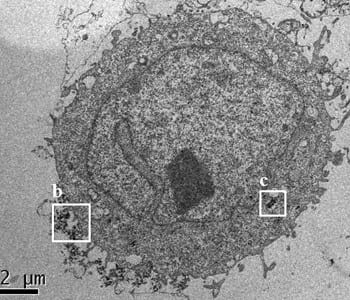
The combination of flow cytometry and X-ray fluorescence enables semi-quantitative estimation of cellular SiO2 nanoparticles and their biological effects.
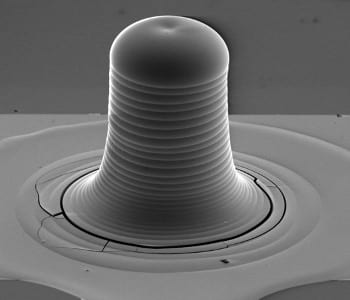
new research has combined inkjet printing and metal nanoparticle inks as a novel, low-cost solution for interconnect fabrication.
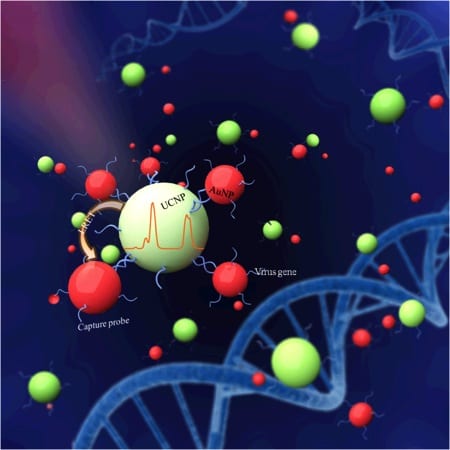
A team in Hong Kong has developed a new method for detecting the lethal bird flu virus quickly, using a class of materials called upconversion nanoparticles.
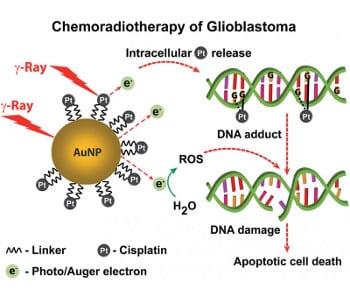
A collaboration between nano- and neuroscientists has resulted in a system that kills the most aggressive, and most common, form of adult brain cancer.
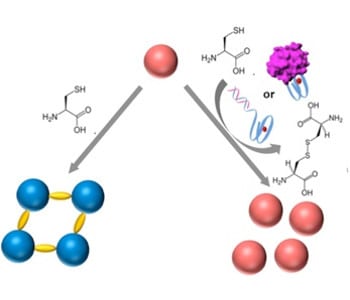
Researchers have developed a DNA biosensor system by controlling the aggregation of AuNPs using horseradish-peroxidase-mimicking DNAzyme.
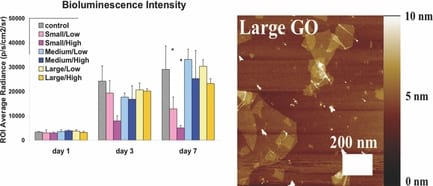
A team from Stanford University has investigated the effects of graphite oxide nanoparticles on mouse embryonic stem cells.